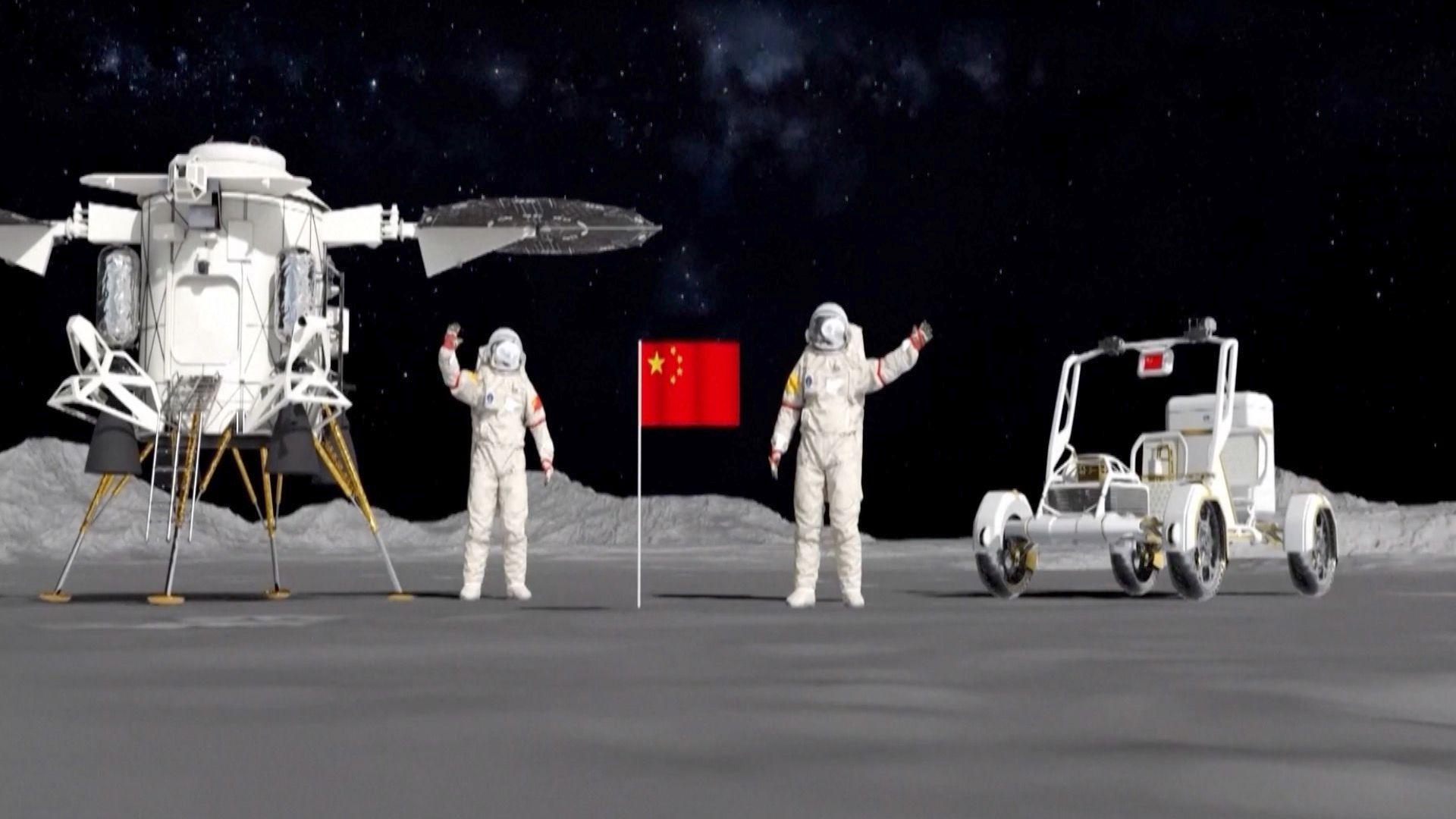Nasa launches mission to map water on the Moon
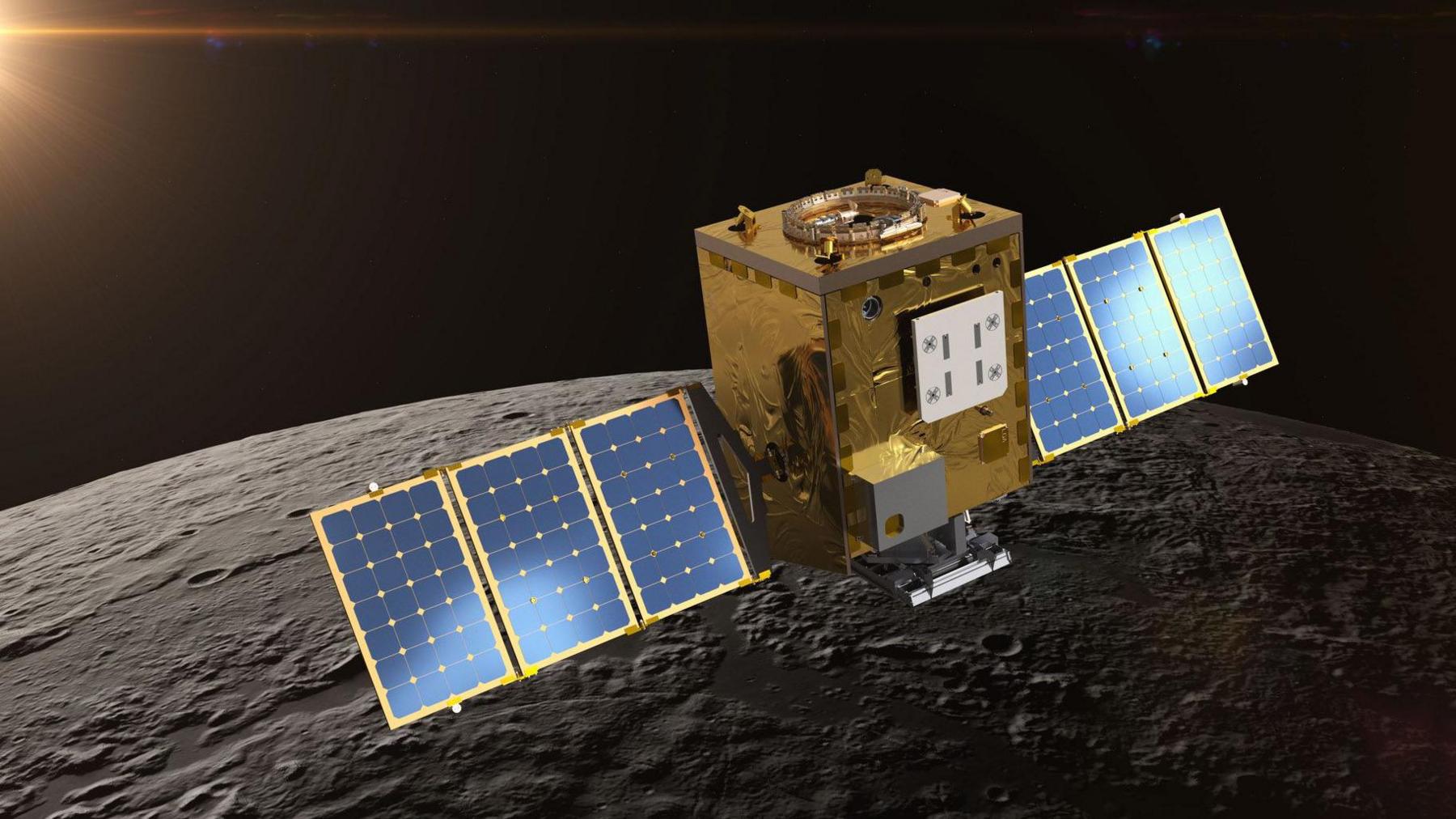
- Published
Nasa has launched a small unmanned satellite which is heading to the Moon to find and map water on the lunar surface.
The Lunar Trailblazer blasted off into space on Wednesday 26 February from the Kennedy Space Center in the US state of Florida.
Its aim during the two-year mission is to discover water on the Moon, find out what form it is in and where exactly it is, and map its locations on the surface.
The information will be used to support future missions to the Moon.
More like this
Is there drinkable water on the Moon?
- Published24 July 2024
Nasa reveals exciting news about the moon!
- Published26 October 2020
Nasa picks possible landing sites for Moon mission
- Published4 November 2024
What is Nasa's Lunar Trailblazer mission?
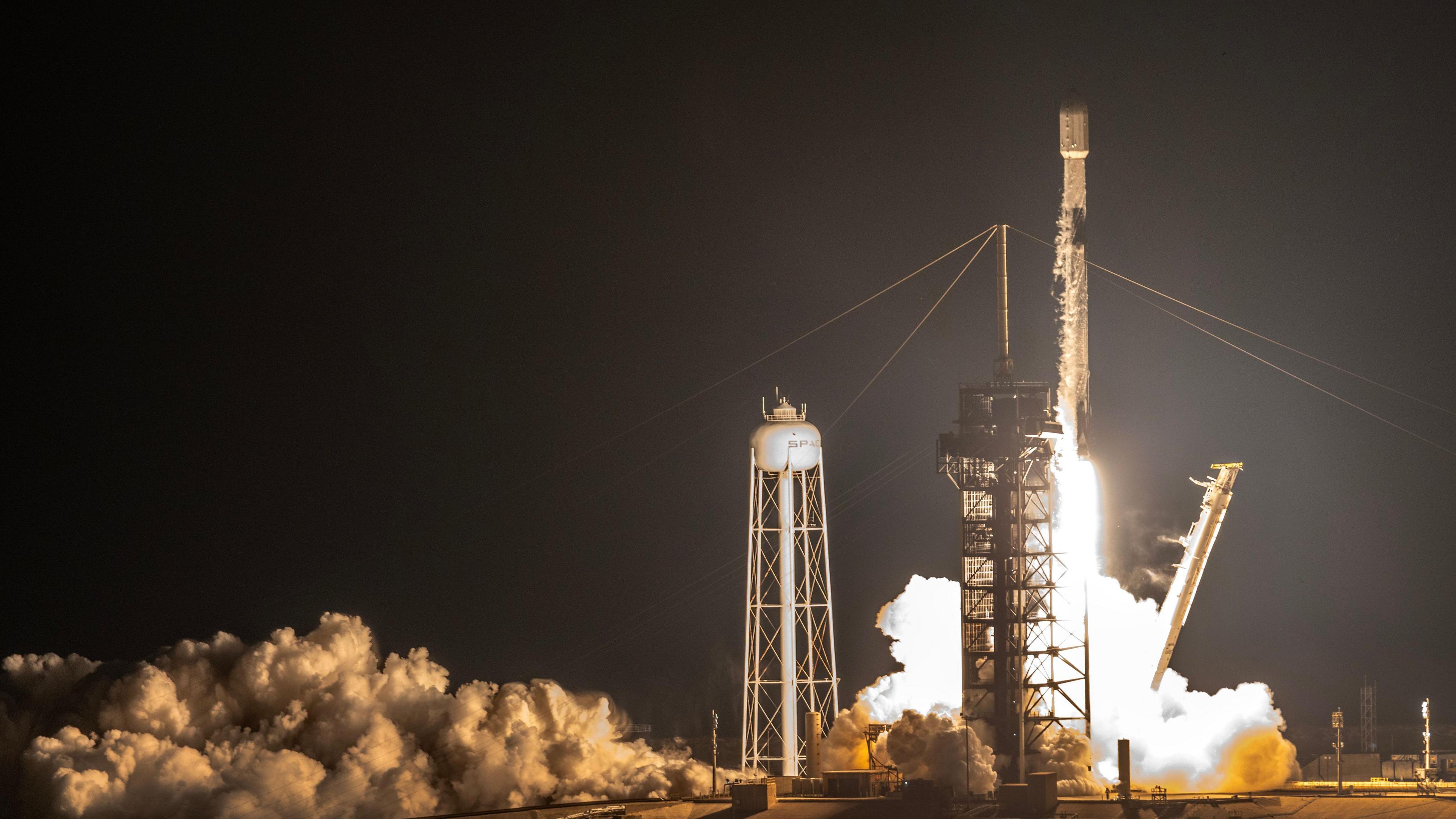
The Lunar Trailblazer blasted off into space on a SpaceX Falcon 9 rocket
The Moon is usually thought to be a completely dry and arid place, but recent research suggested there is more water than scientists originally thought.
A study in 2020 showed that pockets of ice could be hiding in the shadows of the Moon.
Water is important for future missions because it is needed for drinking.
Scientists also say the water molecule, H2O, could be split up so the hydrogen it contains can be used for rocket fuel.
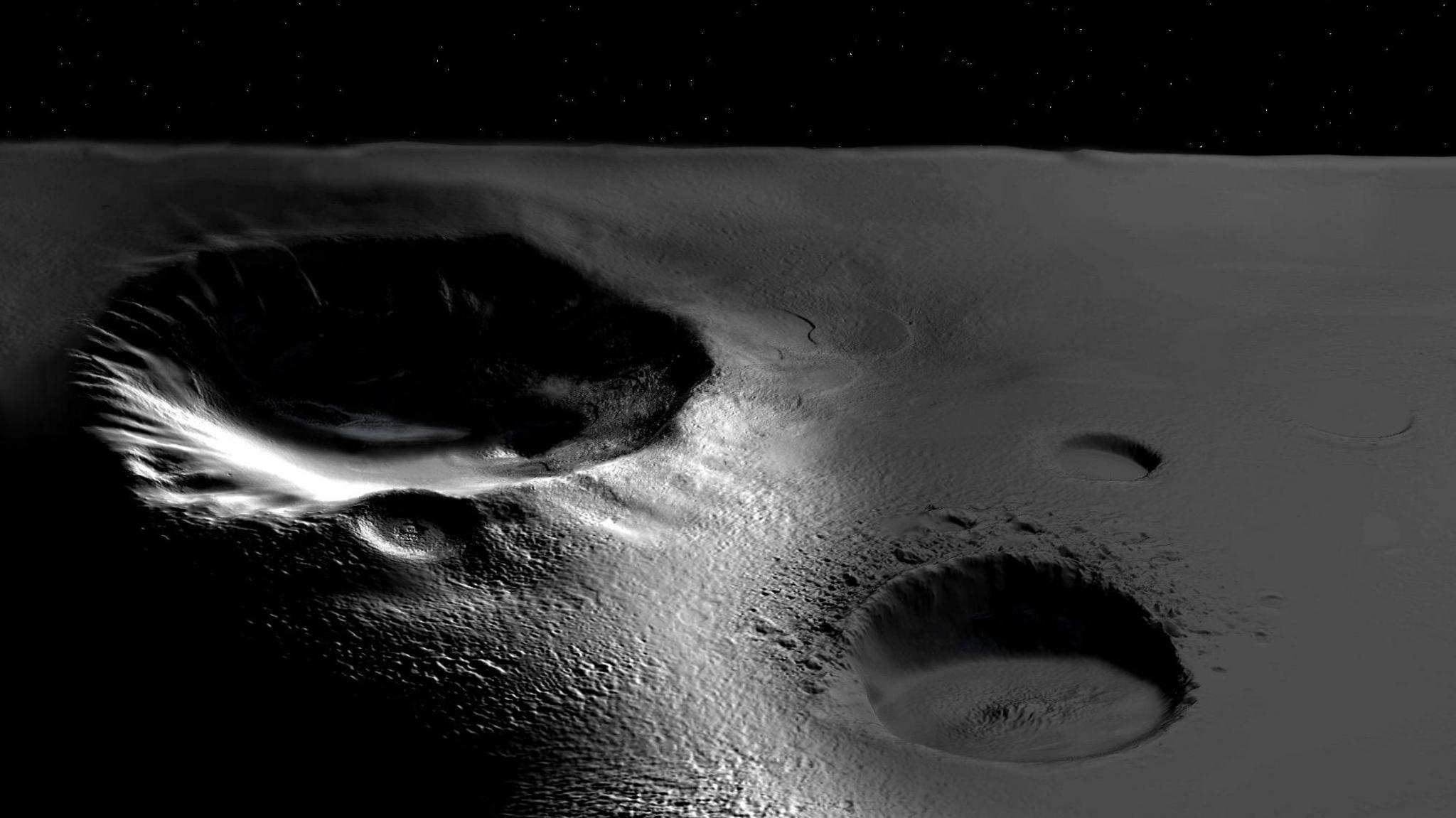
Previous research suggested there is frozen water in the parts of the Moon which are permanently in shadow
The Lunar Trailblazer is kitted out with two science instruments, which will help it achieve its mission.
The High-resolution Volatiles and Minerals Moon Mapper will identify water and work out how much there is. While the Lunar Thermal Mapper, which was built by University of Oxford's Department of Physics in the UK, will map the surface temperature and what the lunar surface is made up of.
Once at its destination, the Lunar Trailblazer will be making 12 orbits a day, observing the surface at different times.
- Published21 December 2024
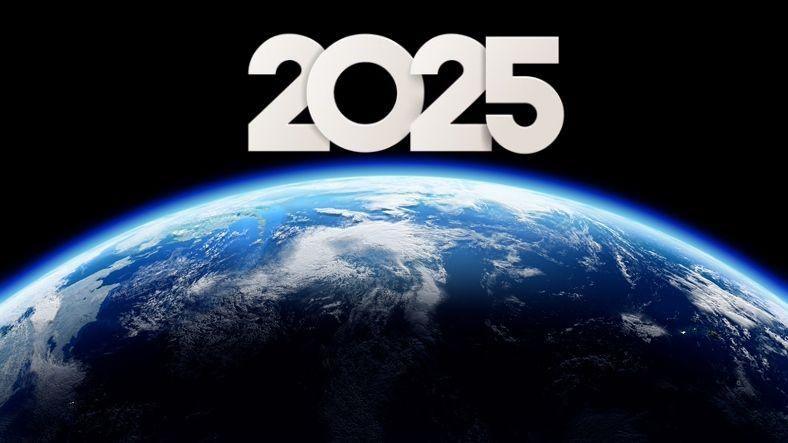
- Published20 December 2024
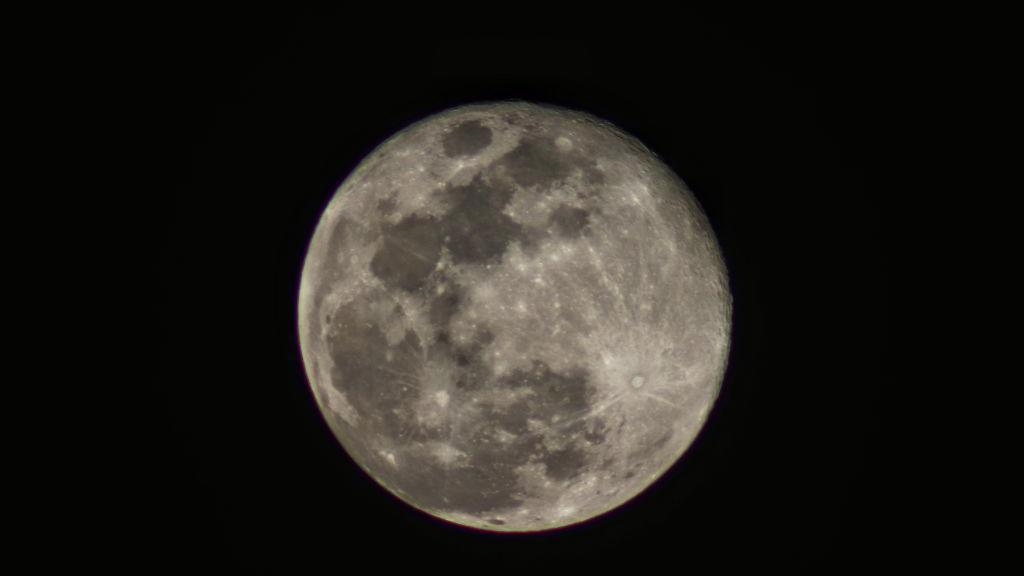
- Published12 February
